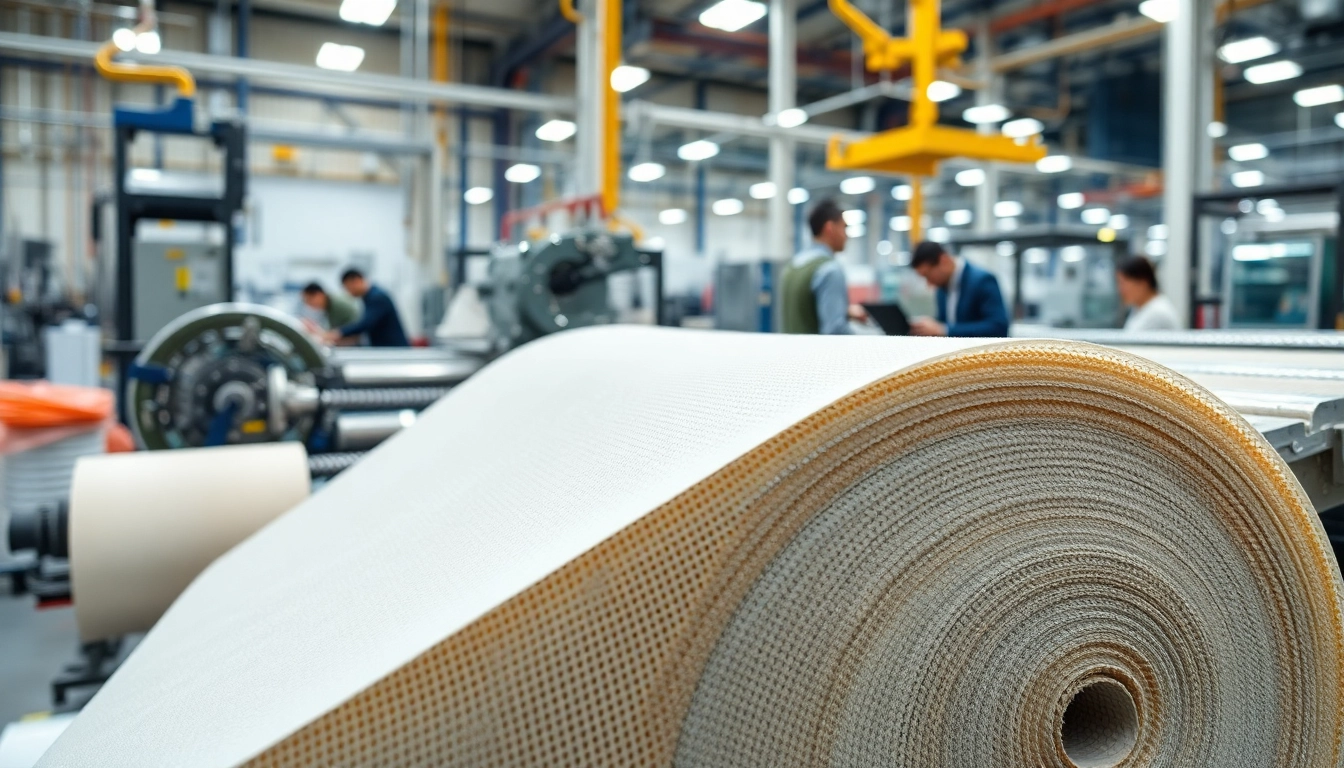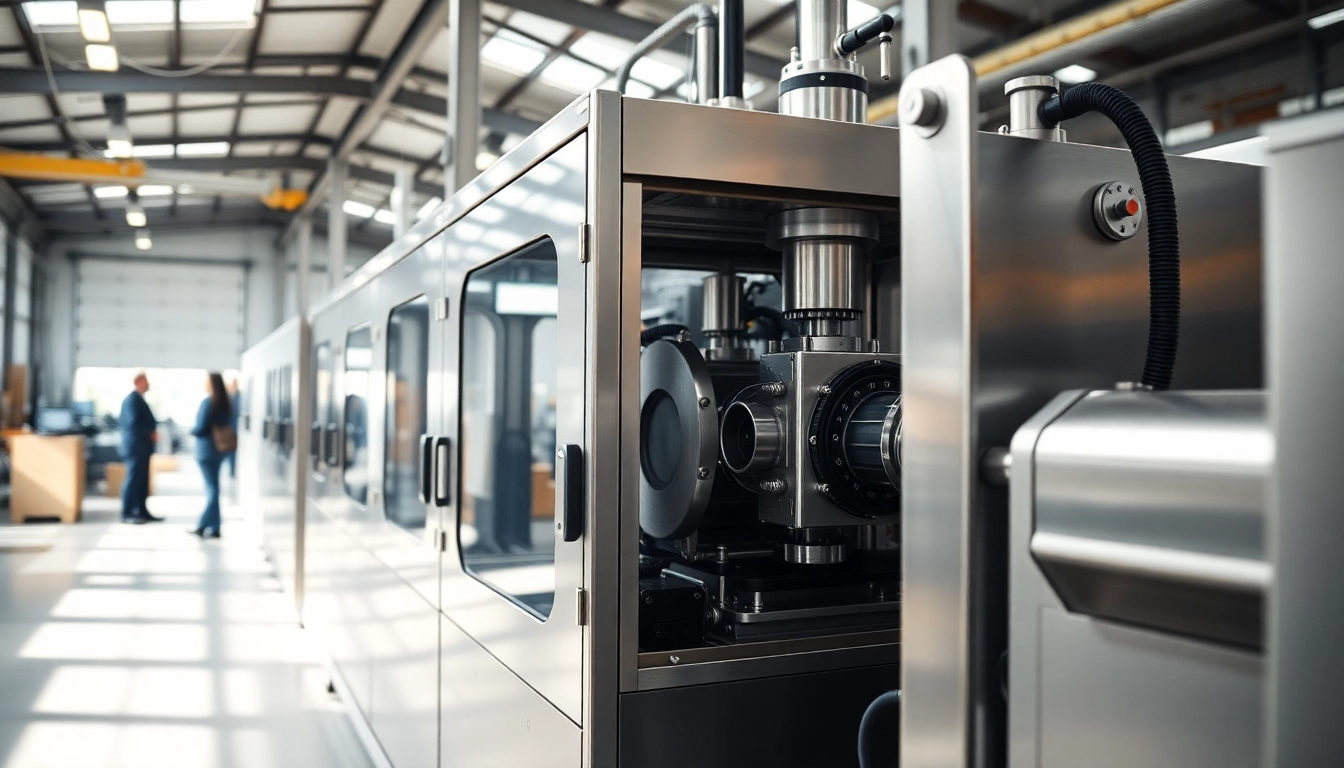What is Laminating Resin?
Definition and Purpose of Laminating Resin
Laminating resin is a specialized type of resin used primarily in composite material manufacturing. It serves as a binder that holds layers of materials together, typically in the creation of fiberglass-reinforced structures. Its primary purpose is to provide strength, durability, and resistance to environmental elements, which makes it ideal for various applications ranging from boat building to automotive parts. By offering a robust framework, laminating resin ensures that the composite maintains its integrity over time, even under considerable stress or exposure to harsh conditions.
Common Types of Laminating Resin
Laminating resin can be categorized into several types based on their chemical composition and properties. The most common varieties include:
- Polyester Laminating Resin: This type is popular for its cost-effectiveness and ease of use. It cures quickly and provides a good balance of flexibility and durability, making it ideal for marine applications.
- Vinyl Ester Laminating Resin: Known for its superior resistance to chemicals and corrosion, vinyl ester resins are often used in environments where exposure to harsh substances is a concern.
- Epoxy Laminating Resin: Although typically more expensive, epoxy resins offer the best bond strength and require a more meticulous application process. They are favored in high-performance applications, where strength and adhesion are critical.
Applications of Laminating Resin in Various Industries
The versatility of laminating resin allows it to be used across a wide range of industries. Notable applications include:
- Marine Industry: Laminating resin is extensively used in the construction of boats and yachts, as it provides structural integrity and resistance to water.
- Aerospace: In this high-stakes industry, lightweight and durable laminating resins are employed in the manufacturing of components for aircraft.
- Automotive: Car manufacturers utilize laminating resin in the development of body panels and other components, achieving both strength and weight reduction.
- Construction: Laminating resin is also utilized in fabricating components for buildings, including beams and moldings, providing strength and longevity.
Laminating Resin vs. Other Resins
Comparing Laminating Resin and Epoxy Resin
While both laminating resin and epoxy resin are used in composite materials, they have distinct characteristics and applications. Laminating resin, typically polyester or vinyl ester, is often easier to work with and dries faster, making it a go-to choice for many amateur builders. In contrast, epoxy resin, while more complex to apply, offers superior adhesive qualities and long-term durability, making it suitable for applications where strength and resistance to fatigue are paramount.
Understanding Polyester vs. Vinyl Ester Laminating Resin
Polyester and vinyl ester laminating resins are two popular choices, each with its advantages and drawbacks. Polyester resin is more affordable and easier to handle, often used in less demanding conditions. On the other hand, vinyl ester offers better corrosion resistance and is less prone to cracking. Choosing between these two typically depends on the environment the final product will face and the desired performance criteria.
When to Use Each Type of Resin
Selecting the right resin is crucial for ensuring project success. Here are some guidelines:
- Use Polyester Laminating Resin: When cost is a primary concern, and the application isn’t exposed to extreme conditions.
- Choose Vinyl Ester Laminating Resin: For applications requiring higher chemical resistance or where the performance is crucial.
- Opt for Epoxy Laminating Resin: In high-stress environments where optimal bonding strength and durability are essential.
Choosing the Right Laminating Resin
Factors to Consider When Selecting Laminating Resin
Choosing the appropriate laminating resin involves considering multiple factors, including:
- Application Environment: Identify whether the resin will be exposed to water, chemicals, or extreme temperatures.
- Required Strength: Assess the strength requirements based on the end-use of the product.
- Budget: Determine the cost-effectiveness of the resin options available.
Factors Affecting Laminating Resin Performance
The performance of laminating resin can be influenced by several factors, including:
- Cure Time: The time taken for the resin to fully cure affects handling and overall project timelines.
- Temperature and Humidity: Environmental conditions during application can impact the curing process and final properties.
- Mix Ratios: For two-component systems, accurate mixing is essential for optimal curing and strength.
Tips for Sourcing High-Quality Laminating Resin
When sourcing laminating resin, consider the following tips to ensure you obtain a product that meets your needs:
- Review Specifications: Always check technical data sheets to confirm the resin’s properties and compatibility.
- Seek Recommendations: Leverage industry connections to find trusted suppliers known for quality products.
- Conduct Trials: Whenever possible, conduct small-scale tests to examine the resin’s performance before committing to large quantities.
Best Practices for Using Laminating Resin
Preparation Steps Before Applying Laminating Resin
Proper preparation is critical for successful application. Key steps include:
- Surface Preparation: Ensure that the surfaces to be bonded are clean, dry, and free of contaminants.
- Temperature Adjustment: Optimize working temperature for the specific resin being used to enhance flow and curing properties.
- Safety Measures: Always use appropriate personal protective equipment (PPE) to safeguard against fumes and skin contact.
Application Techniques for Optimal Results
Employ effective techniques to maximize the benefits of laminating resin:
- Layering: Apply resin in thin layers, allowing each to cure partially before adding the next for better adhesion and strength.
- Roller or Brush Use: Depending on the project, use rollers or brushes to evenly distribute the resin during application.
- Control Environment: If possible, work in a controlled environment to mitigate any external factors that could hinder the curing process.
Post-Application Care and Finishing
After applying laminating resin, follow these best practices to ensure a successful finish:
- Curing Time: Allow adequate time for the resin to cure fully according to the manufacturer’s guidelines.
- Inspection: After curing, inspect the surface for any defects or bubbles and address them as needed.
- Finishing Touches: Sand as necessary to achieve a smooth finish and apply any additional coatings required for aesthetics or protection.
Troubleshooting Common Issues with Laminating Resin
Identifying and Resolving Adhesion Problems
Adhesion problems can arise during the use of laminating resin. Here’s how to identify and resolve them:
- Inspect for Contaminants: Ensure that the bonding surfaces are clean and free from oils, dust, or moisture, which can hinder adhesion.
- Proper Mix Ratio: For two-part resins, verify the mixing ratios as incorrect proportions can lead to poor bonding.
- Cure Conditions: Assess whether the environmental conditions during application were suitable for optimal curing.
Handling Bubbles and Defects in Laminating Resin Applications
Defects like bubbles can compromise the integrity of the application. Here’s how to handle them:
- Bubbles: If bubbles form, consider using a heat gun to carefully pop them during the curing phase.
- Surface Imperfections: Sand down any surface defects post-cure and reapply resin if necessary to achieve a smooth finish.
- Preventive Measures: Minimize air entrapment by using the right application technique, which can include mixing slowly and avoiding high-speed stirring.
Maintenance Tips for Longevity
To ensure the longevity of the laminating resin applications, consider the following maintenance tips:
- Regular Inspections: Conduct routine checks for signs of wear or damage, especially in high-stress applications.
- Cleaning: Clean surfaces properly to prevent build-up that may degrade the resin over time.
- Repairing Damage: Address any observed damages promptly to prevent further degradation of the resin structure.



